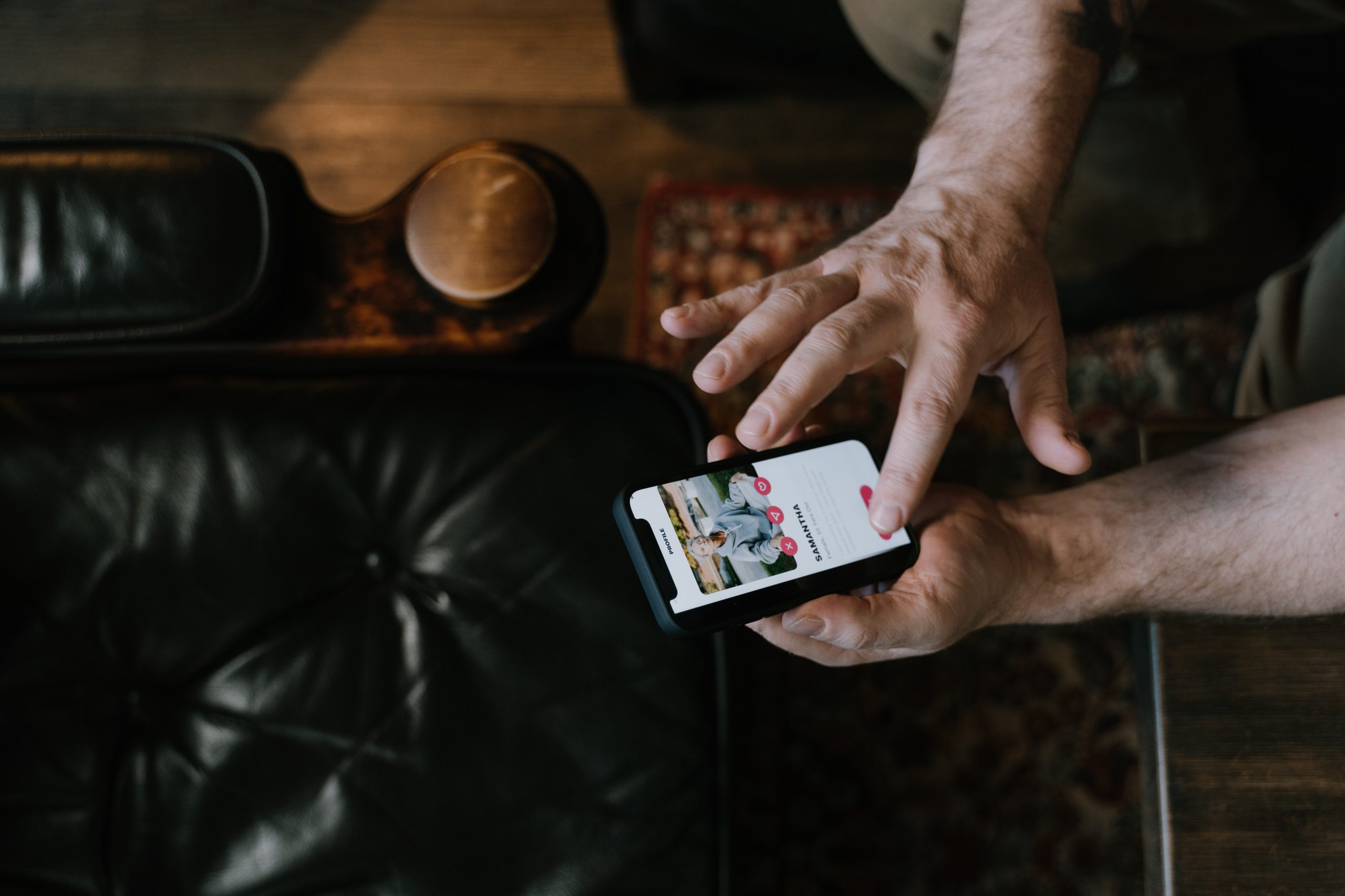The history of dating sites and apps 🤝
The beginnings of dating sites through the sociology of practices
Dating services have their origins far back in the 19th century. First, the industrial printing industry which gave rise to the "classified ad", then the computer technologies which gave rise to the first dating platforms on both sides of the Atlantic, and finally the Internet and its mobile applications to which we owe the services we know today.
Industrialization and urbanization in the second half of the 19th century led young people to move away from their original environment. They cut themselves off more and more from their family circle and neighborhood. These circles of relatives usually allowed them to find their spouse. This increased independence from the family is coupled with greater freedom in marital choice. Thus, young people are progressively emancipating themselves from their parents to allow themselves to choose their future spouse. Thus, future partners are no longer introduced to each other but meet in everyday life.
In the 80's, these encounters are made by chance, unlike before when everything was controlled. This brought about a great change because people met more at their workplace, in their studies, etc. After different stages of history allowing the development of a new relationship to love, through marriage brokerage in the 19th century and then minitel and phone sex in the 20th century, dating sites are finally developing.
The arrival of digital technology
The Internet was democratized in the 1980s in the United States; dating sites were among the first interactive platforms to arrive on the web, even before social networks, the first of which only appeared in 1997.
One of the first dating sites known to this day appears in the USA; it is Match.com. Sites of the same type are gradually spreading in North America and Europe. Digital technology is therefore arriving in France at almost the same time.
The first French dating sites were created in the late 1990s. We find for example Netclub.fr (1997) or Lovers.com (1998). However, Internet access was still very limited in France at that time. Long time taboo in France, they know a crazy success from the years 2000 according to Margaux Déage. Carried by the extraordinary diffusion of digital practices, these dating sites are becoming popular and multiplying rapidly.
In France as well as abroad, many sites were launched during the 2000, driven by new Web entrepreneurs like Marc Simoncini. The latter is considered as the pioneer of the French Internet and launches in particular Meetic in 2002.
2008 is a landmark year for these sites because there are more than 1,045 dating sites aimed at a French audience. Nevertheless, more than a third of them do not manage to survive on the web, notably because of a strong competition still present today. Thus, dating services are gradually democratized and technology allows to bring a mobile variation to this phenomenon around 2010. This is how the applications dating service. The first service to gain visibility is none other than the application Grindr (2009), for homosexual encounters.
Their progressive democratization
The emergence of dating applications revolutionize this market, because cell phones can add features such as geolocation. Among the services using it, we find Tinder (2012) and Happn (2014).
In 2013-2014, one-third of single and separated people frequented specialized sites, which shows the impact of dating services and the democratization of the search for love.
Moreover, the use of these has become commonplace. It is now "normal" to meet one's partner online, as in the workplace, in the context of a leisure activity, or even via relatives or friends. Secondly, without replacing the old means of discussion (face-to-face, landline telephone), these dating services extend the possibilities of making contact. In addition to the usual supports (outings, invitations, mutual aid...), Internet users discuss, share interests, exchange photos, and create special relationships between them.
This is the history of dating sites and applications.
Discover also : Reasons for a break-up







